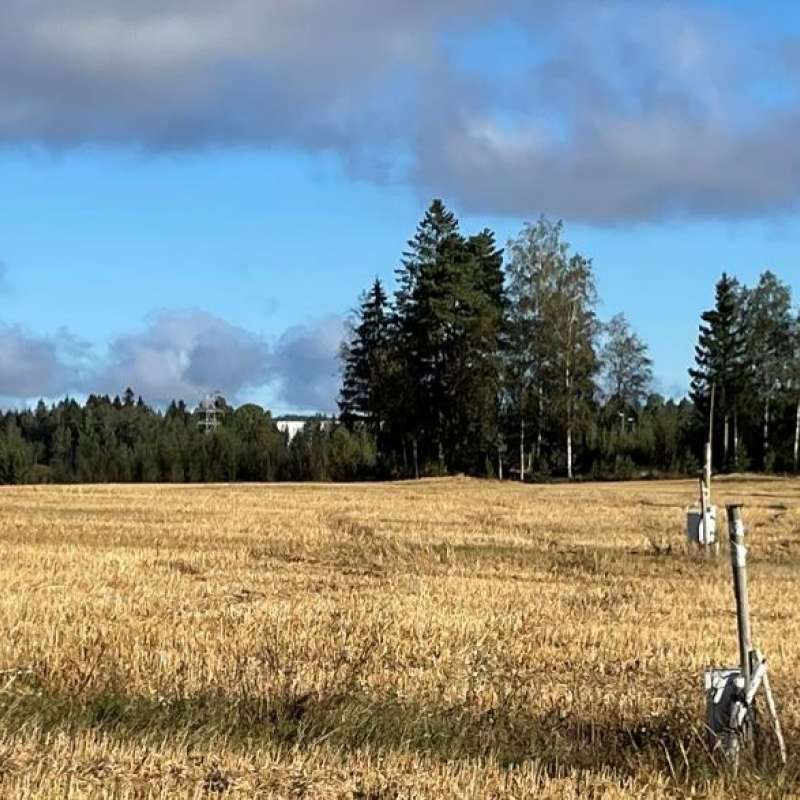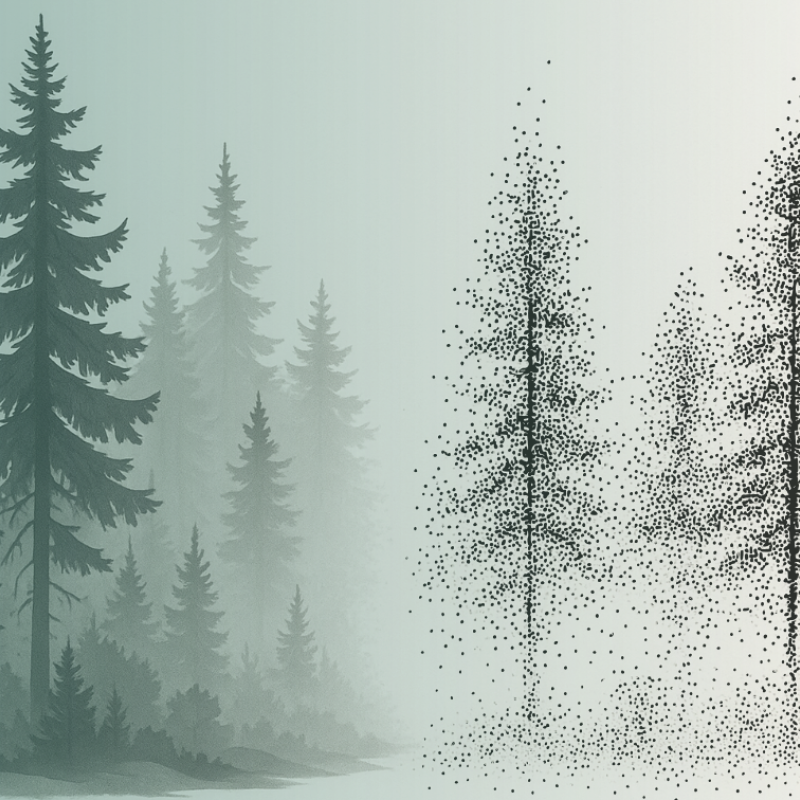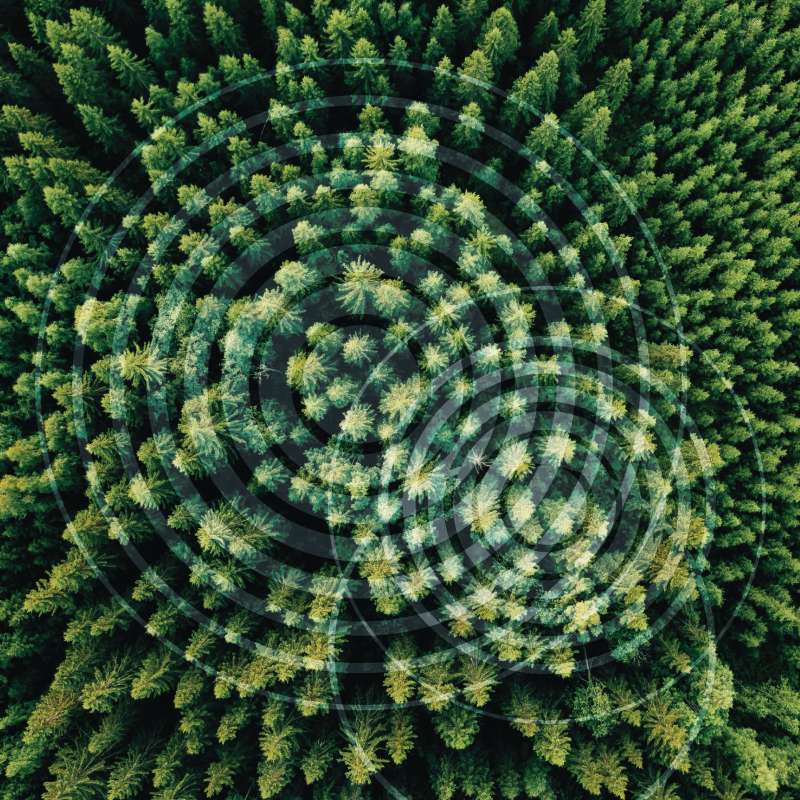Paul McLean
Research Scientist
Authors
Seija Tuulentie Therese Bjärstig Inger Hansen Unni Støbet Lande Paul McLean Jani Pellikka Rainer Peltola Jasmine ZhangAbstract
No abstract has been registered
Abstract
No abstract has been registered
Abstract
Forests play a major role in the mitigation of avalanche risk in Norway, but the regulations surrounding the management of “protection forests” are still being worked out. To promote protection forest management, avalanche hazard indication maps for Norway have been produced with the automated mapping tool NAKSIN in a way that makes it possible to quantity the effects of the current forests in a spatially explicit way. NAKSIN makes use of published relations for forest effects on snow properties and uses national models of forest characteristics to estimate the effects on release probability and runout given local climate and topography. The forest properties contain parameters that are directly measured (canopy cover), and properties that are predicted (tree diameter, number of trees) with approximately 70% precision according to ground truth data. NAKSIN uses these forest properties in long chains of models, comprising of both mechanistic and empirical elements, some of which are iterated over timesteps during avalanche flow. This means that errors could be propagated throughout those model chains in unexpected ways. The aim of this study was to conduct a sensitivity analysis to examine the effects of errors in the forest data for hazard mapping in a relevant case study region in fjordic western Norway. We examined hazard maps produced using 95% prediction errors for tree diameter and the number of trees per hectare to determine if these would dramatically affect the hazard zones. These hazard maps focused on runout properties as common release areas were implied for avalanches through a common forest canopy cover percentage applied across the two extreme scenarios. Across the entire region, the hazard zones were generally stable with respect to potential errors in the forest data, suggesting the approach is robust and the braking effect of forest is not overstated. There was one exception, where the prediction errors could reduce the forest braking function to negligible. This exception was easy to identify from the difference in hazard zones and the process allows us to consider where more precise measurements of forests could be required in areas with high consequences. The implications of various approaches to estimate forest leaf area index, and how this might impact on release probability are illustrated to further consider this in the next steps of this research.

Division of Environment and Natural Resources
Precilience: Precision climate resilience for agriculture and forestry sectors in the European boreal regions
Precilience will develop precision solutions with farmers, foresters, landowners, and other actors to increase climate resilience in the Nordic-Baltic regions of Denmark, Estonia, Finland, Norway and Sweden.

Division of Forest and Forest Resources
A Decision Support System for emerging forest management alternatives
This project aims to develop advanced tree growth models using LiDAR-derived, high-density point cloud data to improve the simulation of forest dynamics under close-to-nature silvicultural practices. By modeling tree-level growth in structurally complex and heterogeneous stands, these models will support more accurate, spatially explicit forest simulations and inform sustainable and diversified forest management decisions.

Division of Forest and Forest Resources
SFI SmartForest: Bringing Industry 4.0 to the Norwegian forest sector
SmartForest will position the Norwegian forest sector at the forefront of digitalization resulting in large efficiency gains in the forest sector, increased production, reduced environmental impacts, and significant climate benefits. SmartForest will result in a series of innovations and be the catalyst for an internationally competitive forest-tech sector in Norway. The fundamental components for achieving this are in place; a unified and committed forest sector, a leading R&D environment, and a series of progressive data and technology companies.
